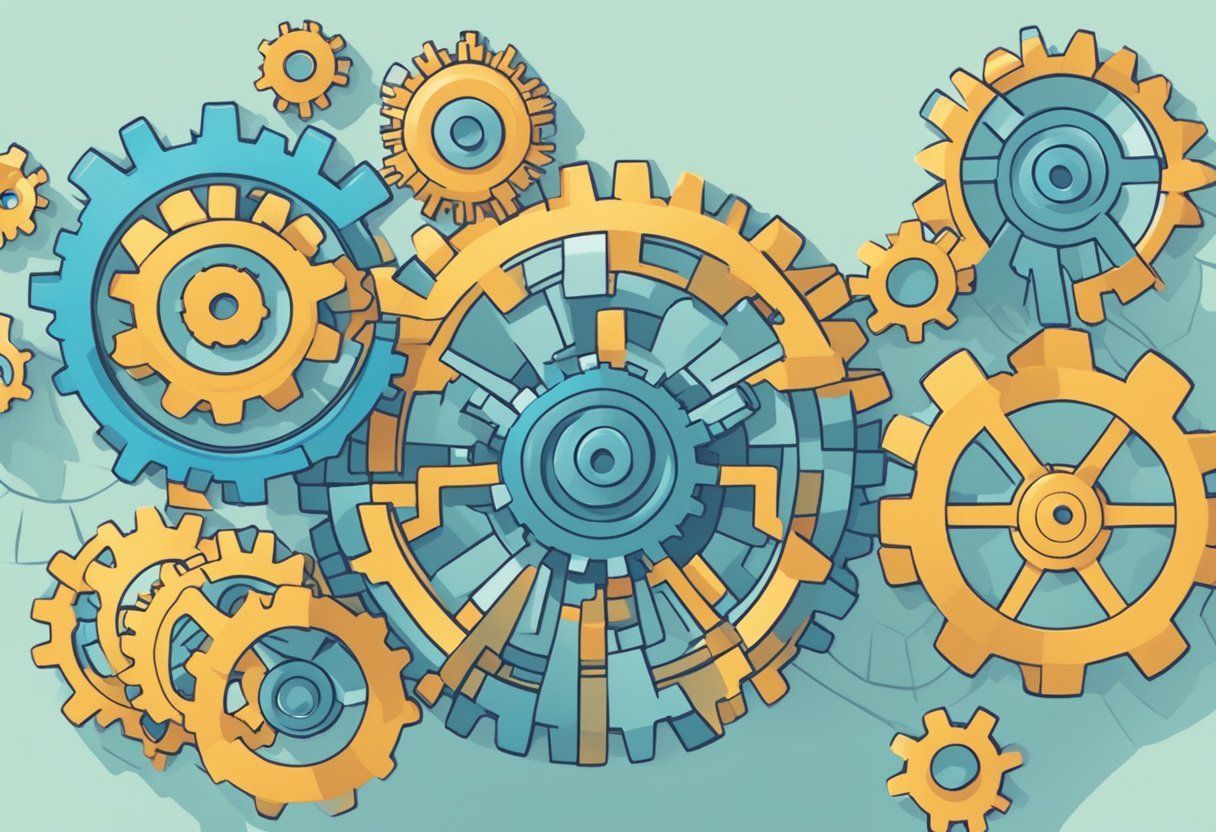BLOG
Categories
How Adoption Assistance Program (AAP) Works with Other Support Programs: Integrating Resources for Families
Understanding Adoption Assistance Programs
Let’s take a moment and get real about adoption assistance—because adopting a child, especially a child who’s experienced trauma, is no small task. These children carry stories, experiences, and wounds that are often unseen, and families who step into that journey need every tool and support possible. That’s where Adoption Assistance Programs (AAP) come in.
These programs aren’t just about checks in the mail—they’re about helping families create a space where love can thrive, where healing can begin, and where stability becomes possible. Especially when you’re raising a child with special needs, that support can be the bridge between just getting by and truly growing together.
What Is Adoption Assistance?
Adoption assistance is financial support provided to families who adopt children from foster care, particularly those with physical, emotional, or developmental challenges. These children are often the hardest to place, not because they aren't lovable, but because their needs are complex. They need more—more patience, more care, more time. And families who say “yes” to that need more too.
Adoption assistance helps cover basic living expenses, medical care, and sometimes specialized services. This support isn’t about handouts—it’s about helping parents stay regulated so they can parent from a place of love, not fear. It’s about reducing the stress load, because we know that stress is the enemy of connection. When parents are less stressed, they can show up in ways that are healing and transformational.
The Different Kinds of Help Available
Support comes in different shapes and sizes. There are federal subsidies—monthly payments and Medicaid are common. But many states also have their own unique programs designed to meet local needs. Some families may qualify for educational support or one-time grants for specific items like modifying a home for accessibility.
The key? Understanding what’s out there and what you’re eligible for. That means taking the time to connect with your local child welfare agency, asking questions, and advocating for your family. Don’t be afraid to ask for help. That’s not weakness. That’s wisdom.
Why It Matters
At the end of the day, these programs exist to make sure you can do what your heart said “yes” to—love and raise a child who’s come from hard places. When the financial stress is lowered, emotional space opens up. And that’s the space where healing begins.
Remember this: adoption is not a rescue mission. It’s a relationship. And relationships need resources—emotional, spiritual, and yes, financial. Use what’s available to create a stable, loving, and healing home for your child. That’s the work. That’s the revolution.
Eligibility and Application Procedures
Let’s talk real for a moment—navigating systems like the Adoption Assistance Program (AAP) can feel overwhelming, especially when you're already carrying the weight of trauma histories, daily behaviors, and your own stress as a parent. But here’s the truth: getting clarity about who qualifies for support and how to apply is one of the most important steps you can take. Because the more support you have, the more present and loving you can be.
Who’s Eligible for AAP?
AAP isn’t a one-size-fits-all situation. It’s built to serve children who, without extra support, might never find permanent homes—especially those with special needs. These are the kids who’ve been through the most. Maybe they’ve bounced between placements. Maybe they’re part of a sibling group. Maybe they’ve experienced early trauma or have medical or emotional diagnoses.
If you’re adopting through the foster care system, juvenile court, or even privately, eligibility depends on a few key things—often starting with whether the child has a documented special need. Some placements, like independent adoptions, require deeper review. And here’s a big one: most programs require that you get the adoption assistance agreement in place before finalizing the adoption. That detail alone can change everything.
That’s why I always say—reach out. Don’t try to do this on your own. Call an adoption assistance worker. Talk through your specific situation. Every child is different, every family is different, and you deserve to understand exactly what support is available to you.
How to Apply Without Losing Your Mind
The AAP application isn’t just about filling out forms—it’s about making sure your family is resourced to thrive, not just survive. Start by pulling together the essentials: proof of the adoption, any medical records or documents that speak to your child’s needs. The more complete your documentation, the clearer the path.
From there, you’ll connect with your local Department of Social Services or child welfare office. You’ll probably be paired with an adoption assistance worker who can walk you through the steps—don’t be afraid to ask questions. That’s what they’re there for.
You’ll also go through a negotiation process to determine the amount of support your child qualifies for. This may include monthly financial assistance, Medi-Cal or equivalent healthcare coverage, and sometimes even additional services.
Here’s the bottom line: This isn’t just about money—it’s about reducing your stress, so you can parent from a place of connection. It’s about helping you stay regulated, so you can help your child heal. When we talk about building a healing environment, this is part of the foundation.
Don’t try to go it alone. And don’t be afraid to ask for what your child needs. You’re not asking for favors. You’re doing what every parent does when they love fiercely—you’re fighting for your family’s stability. And that’s something worth leaning all the way into.
Financial and Supportive Services: What AAP Offers Your Family

If you’re walking the path of adopting a child from hard places, you know that love alone—while powerful—isn’t always enough. Love needs support. Love needs tools. And love needs to be resourced. That’s why the Adoption Assistance Program (AAP) exists—to walk alongside you and your child as you build the kind of family where healing can actually happen.
The Financial Help That Makes a Real Difference
Let’s not dance around it—raising a child who’s experienced trauma, who may have physical, emotional, or developmental challenges, can carry financial burdens. But those challenges don’t define the child. They just ask for more—more patience, more care, more structure. And AAP helps meet that “more.”
AAP provides monthly cash benefits that help cover the day-to-day needs: food, clothing, school supplies, therapies—whatever helps your child feel safe and thrive. These aren’t handouts. They’re tools to help you stay regulated, so you can show up with love instead of fear.
You might also receive one-time, nonrecurring payments for things like legal fees, travel expenses tied to the adoption process, or even adjustments to your home. These funds help smooth the transition and let you focus on what matters most—building connection.
When financial stress is reduced, emotional space opens. That’s when the magic starts. That’s when healing begins. That’s when real family is forged.
Medical and Mental Health Support That Wraps Around You
AAP doesn’t stop at finances—it partners with services like Medi-Cal to provide medical care and mental health support for your child. And let me be clear: these services are not optional—they are essential.
Kids who come from trauma don’t just need physical healing—they need emotional and neurological healing too. Whether your child needs medication, specialized therapy, assessments, or long-term mental health services, AAP helps ensure those needs are met.
It’s not about labeling a child. It’s about giving them what they need to grow, to connect, and to believe that the world is safe again.
When we address these needs head-on, we reduce the chance that the child will end up back in the foster care system. That’s not just good policy—it’s healing work in action. It’s what it means to step into the gap and say, “You are safe. I’m here. And we’re going to do this together.”
Coordination with Other Support Programs

Let’s face it—adoption is not a solo journey. It takes a village, a tribe, a web of support. And the Adoption Assistance Program (AAP) isn’t just a standalone resource. It’s part of a broader ecosystem of services working together to help your family not just survive, but thrive.
Working with Public and Private Agencies
Whether you’re adopting through a public agency or a private one, you’re entering into a partnership. Public agencies, especially those connected with foster care, often bring a wealth of state-level support—think Medicaid or Medi-Cal, behavioral services, school advocacy. These are lifelines when raising children from tough places.
Private agencies may not be tied to state systems, but don’t overlook them—they can offer powerful emotional and relational supports like counseling, training, and community connections that are just as vital.
No matter who you're working with, make sure you talk openly about your child’s needs and your eligibility for other supports—programs like Supplemental Security Income (SSI) can sometimes overlap with AAP. Think of it not as “double-dipping,” but as a safety net layered deep enough to catch you when life hits hard.
These agencies are part of your team. They’re not just red tape—they’re part of the healing equation.
Tapping into Child Welfare Services
Child Welfare Services isn’t just about crisis—it’s about prevention, stability, and long-term wellness. When families collaborate with welfare professionals, it opens doors to everything from tutoring and trauma therapy to emergency housing and respite care.
These supports aren’t just “nice to have.” They’re necessary when you’re parenting children who’ve come through loss, fear, and disruption.
Some families may qualify for additional benefits like Aid to Families with Dependent Children or similar programs that vary by state. Don’t assume you won’t qualify. Don’t assume you’re on your own. Ask the questions. Have the conversations.
Because here’s what I want you to know: You are not just raising a child—you are rebuilding a life. And that takes every resource you can access. It takes coordination, connection, and above all, commitment.
So when you’re working with these systems—public, private, federal, local—do it with clarity and purpose. You’re not navigating bureaucracy. You’re advocating for your child.
You’re building a framework where love can do its work, where healing becomes real.

Frequently Asked Questions
What changes occur in the AAP benefits when an adopted child reaches the age of 18 in California?
In California, AAP benefits may continue past age 18 if certain criteria are met, such as the child being in high school. For those in post-secondary education or with special needs, benefits might extend further.
Can receiving adoption assistance impact eligibility for CalFresh benefits?
Receiving adoption assistance can affect CalFresh eligibility, as it is considered when calculating household income. It may reduce the amount of CalFresh benefits a family is eligible for.
Are there specific regulations governing the Adoption Assistance Program in California?
California has specific regulations for the AAP, outlining eligibility criteria and how benefits are administered. These rules are designed to help adoptive families understand their rights and responsibilities.
How are Adoption Assistance Program benefits calculated for adoptive families?
AAP benefits are calculated based on the needs of the child and the circumstances of the adoptive family. The amount can vary depending on factors like the child's age, health needs, and family income.
Is adoption subsidy considered taxable income for adoptive parents?
Adoption subsidies from the AAP are not typically considered taxable income by the IRS, making them a favorable financial support for adoptive families. However, always verify with a tax professional.
What is the process for contacting the Adoption Assistance Program for support-related inquiries?
You can contact the AAP through your local agency or government office responsible for adoption services. They can provide information and support regarding any issues or questions you have about the program.
RECENT POSTS
Bringing and keeping families together!









